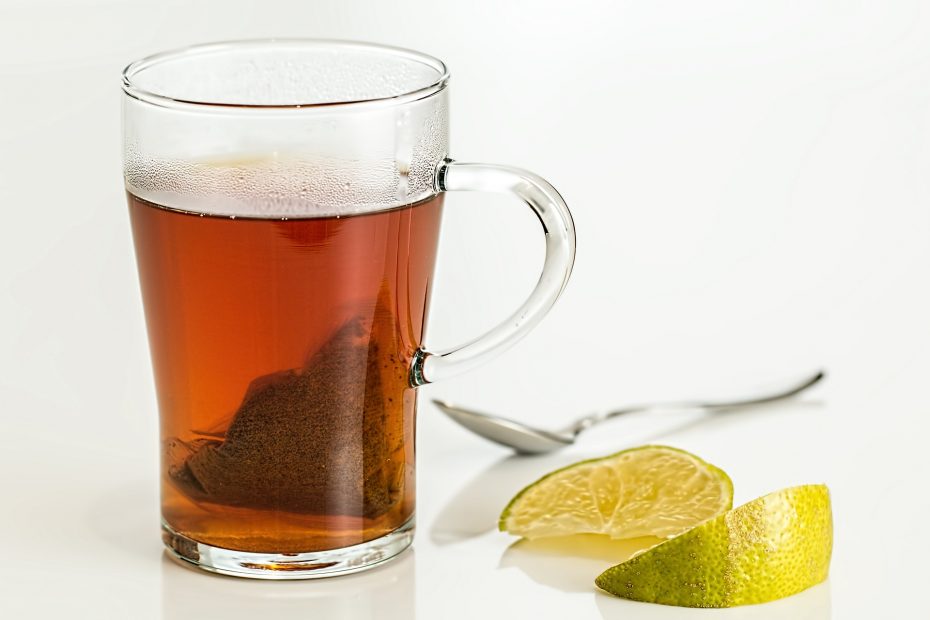Tea is said to be the second most widely drunk beverage after water, and indeed, in one way or another, all of us have known it at least once in our lives.
But are we sure we really know what tea is?
It is often easy to get it wrong and we tend to consider tea what is actually herbal tea and, at the same time, the difference between a pure tea, a blended tea, and a flavored tea is also not very clear.
What is tea?
When we talk about tea, we mean only the infusion made from the leaves and buds of one particular plant: the Camellia Sinensis.
If we are infusing some herb, Roiboos, flower or leaves of a different plant, we can rest assured that none of these things is tea.
The tea plant is a camellia, a relative of Camellia Japonica that many of us have surely seen in some garden (whose leaves, however, do not produce tea).
Camellia Sinensis is native to the Himalayan corridor. Historically it grew in southern China (Yunnan), northern Vietnam and Laos, Burma, and northeastern India (Assam).
In 758 Chinese poet Lu Yu described the tea plant this way in his treatise The Canon of Tea:
The bearing of the tea plant resembles that of the gualoo, the leaves resemble those of the gardenia, the flowers those of the white wild rose, the fruits are similar to those of the palm, the stems to those of the clove plant, and the roots to those of the walnut tree.
Camellia Sinensis Sinensis, Camellia Sinensis Assamica, and Camellia Cambogiana are all subspecies of the tea plant. While the last one is rarely used for cultivation, the first two are the most widespread species, the ones from which we get most of the tea we consume.
Sinensis and Assamica: what is the difference?
Camellia Sinensis Sinensis has small leaves and is adapted to growing in areas with low temperatures and high altitudes (Nepal, China, Japan, Darjeeling, Taiwan). In contrast, Sinensis Assamica has larger leaves and grows well at low altitude even with higher temperatures and humid climate (Sri Lanka, Assam, Kenya).
How many types of tea are there?
The world of tea is also rich in colors: white, black, yellow, green… but where do all these types of tea come from?
There is only one tea plant, Camellia Sinensis, which can give rise to the types of tea that exist: black, green, white, yellow, oolong and dark (fermented) tea.
Thus, there is not one plant for each type of tea.
It all depends solely on the processing to which the leaves are subjected. Of course, there are areas where a certain type of tea is preferred for cultural, historical, climatic or marketing reasons. But in any case, whatever tea you decide to produce, the plant from which it is made is Camellia Sinensis.
What distinguishes the various teas?
What determines the difference between types of tea is the oxidation process the leaves undergo.
Oxidation is an enzymatic reaction between the juice in the leaves and the oxygen in the air. Kind of like what happens when we cut an apple and leave it outdoors: it starts to darken.
Leaves that have undergone oxidation through processing steps such as rolling or shaking also tend to darken. By breaking down, plant cells release their juice, which comes into contact with oxygen.
Oxidation should not be confused with fermentation, which is instead a process involving bacteria and requiring the absence of oxygen.
So, to recapitulate the differences between tea types: black tea – totally oxidized green tea – unoxidized yellow tea – unoxidized, partially fermented oolong tea – partially oxidized dark tea – oxidized and fermented white tea – short oxidation
Pure tea, flavored tea, herbal tea and blend: what is the difference?
A pure tea is exactly what the name suggests: free of additions, consisting of simple Camellia Sinensis leaves (processed in one of the ways described above). Multiple types of tea from different sources can be blended, to achieve certain aromas and flavors: this is how blend, or a blend, is achieved.
Flavored tea is a tea as it has a base consisting of Camellia Sinensis leaves, with the addition of fruits, aromatic oils, dried flowers, etc. Finally, when we infuse anything else (fruits, flowers or herbs) without the presence of Camellia Sinensis leaves, then we are talking about herbal tea.
